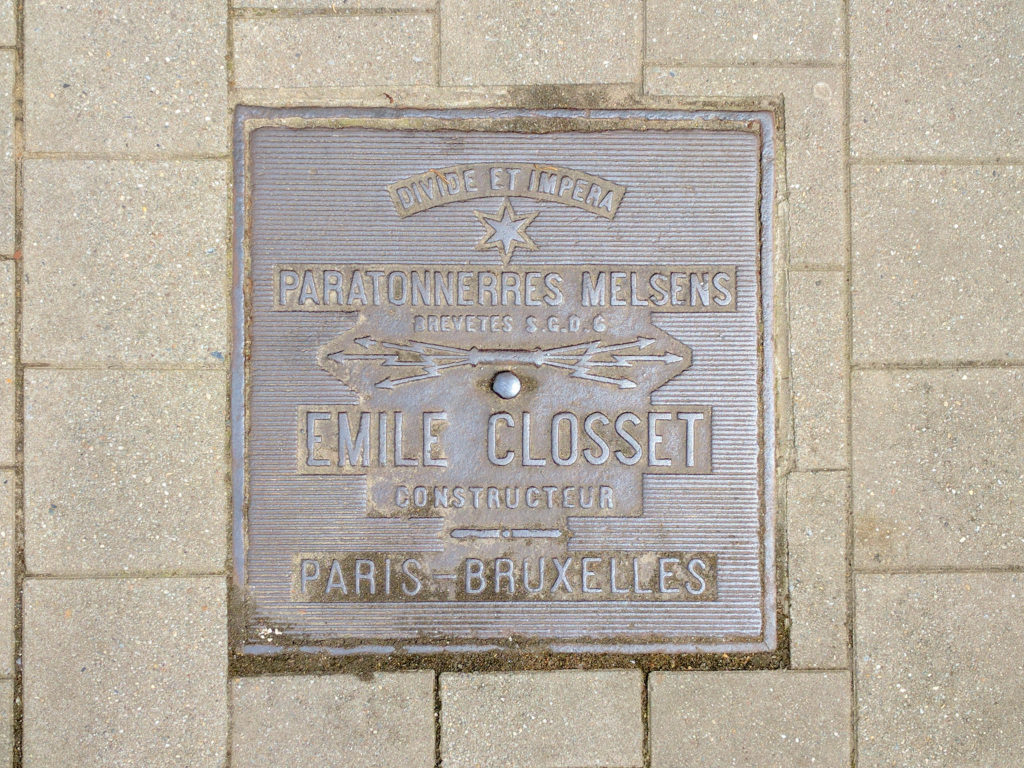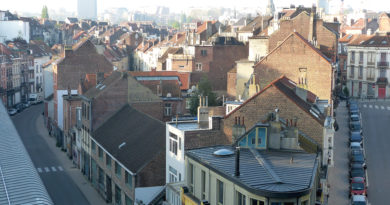Brussels Hidden Gems: Choose Life. Choose Drain-spotting
Since the UK’s leader of the opposition, Jeremy Corbyn, outed himself as an operculist in 2015, the pastime of drain-spotting has attracted both attention and ridicule across the channel. But in a world where our head is all too often buried in our phone, paying more attention to what’s underfoot can be uplifting.
Drain covers, manhole covers, and coal-shoots are part of our social history. In a virtual, throwaway world, a sense of nostalgia is conjured by these hunks of cast metal, where bygone foundries are name-checked in lost wax. The product of old technology, these lids on the underworld continue to serve an unromantic purpose – putting a barrier between us and our filth. Yet, it’s this functional character, combined with decorative elements, that creates part of their appeal.
Just like the manhole covers themselves, undercurrents of this hobby are everywhere. Facebook boasts several enthusiast groups, such as Manhole Covers Around the World, with over 500 members posting pictures of their drain discoveries. Variations on the #manhole hashtag on Instagram have been used over half a million times. (And no, before you ask, hardly any of these posts are euphemistic).

‘There’s a joy in finding beauty in something like street furniture, something not everybody notices,’ said one manhole fan I spoke to. ‘It’s like you’ve discovered a secret in plain sight. Plus, you’re communing with a designer-maker from decades ago. Perhaps they took extra care and pride in giving a workaday object some sort of dignity. We should honour that by paying attention.’
Manhole covers often say something unique about the spirit and fabric of their location. Nearly every one of Japan’s 1,719 municipalities has manholes representing its culture. And in Brussels, the home of Art Nouveau, some beautiful examples illustrate the intricate relationship between art, nature and industry abiding in the city.



